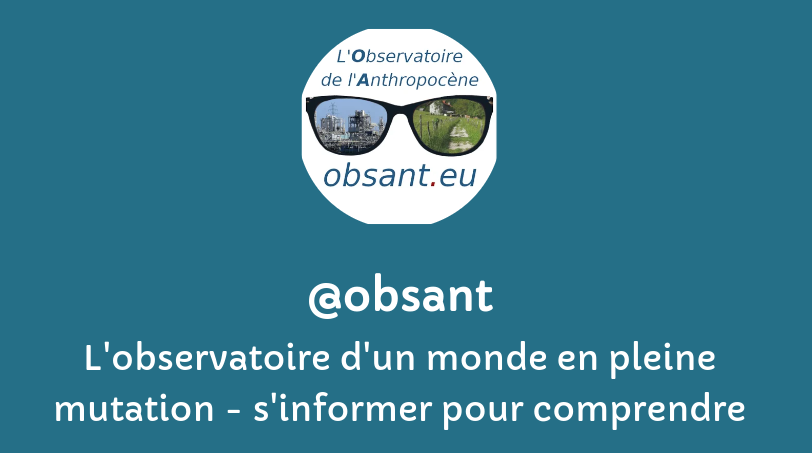« L’urgence est là, nous regardons ailleurs »
filtre:
ability
2025
For hundreds of millions of people living in India and Pakistan the early arrival of summer heatwaves has become a terrifying reality that’s testing survivability limits and putting enormous strain on energy supplies, vital crops and livelihoods. Both countries experience heatwaves during the summer months of May and June, but this year’s heatwave season has arrived sooner than usual and is predicted to last longer too. Temperatures are expected to climb to dangerous levels in both countries this week.
We investigate the probabilities of triggering climate tipping points under five Shared Socioeconomic Pathways (SSPs) and how they are altered by including the additional carbon emissions that could arise from tipping points within the Earth's carbon cycle. The crossing of a climate tipping point at a threshold level of global mean surface temperature (threshold temperature) would commit the affected subsystem of the Earth to abrupt and largely irreversible changes with negative impacts on human well-being. However, it remains unclear which tipping points would be triggered under the different SSPs due to uncertainties in the climate sensitivity to anthropogenic greenhouse gas emissions, the threshold temperatures and timescales of climate tipping points, and the response of tipping points within the Earth's carbon cycle to global warming. We include those uncertainties in our analysis to derive probabilities of triggering for 16 previously identified climate tipping points within the Earth system.
Exclusive: Medics more sleep deprived now than during Covid crisis amid staff shortages and surging demand
Human-driven ocean warming is increasingly overwhelming El Niño, La Niña, and other natural climate patterns.
Le politologue Edouard Morena revient sur la 5e édition du Building Bridges, le sommet de la finance durable organisé à Genève en décembre dernier – «Un pont qui donne l’illusion de solidité et de progrès mais qui est inadapté face au choc climatique en cours». Décryptage.
2024
Insurance costs are rising quickly across much of the country. Hurricanes are part of the reason, but it’s the other perils common across the Midwest and Great Plains that complicate costs.
The Atlantic Ocean's most vital ocean current is showing troubling signs of reaching a disastrous tipping point. Oceanographer Stefan Rahmstorf tells Live Science what the impacts could be.
There is increasing concern that the Atlantic Meridional Overturning Circulation (AMOC) may collapse this century with a disrupting societal impact on large parts of the world. Preliminary estimates of the probability of such an AMOC collapse have so far been based on conceptual models and statistical analyses of proxy data. Here, we provide observationally based estimates of such probabilities from reanalysis data. We first identify optimal observation regions of an AMOC collapse from a recent global climate model simulation. Salinity data near the southern boundary of the Atlantic turn out to be optimal to provide estimates of the time of the AMOC collapse in this model. Based on the reanalysis products, we next determine probability density functions of the AMOC collapse time. The collapse time is estimated between 2037-2064 (10-90% CI) with a mean of 2050 and the probability of an AMOC collapse before the year 2050 is estimated to be 59±17%.
Over the past 50 years, humans have extracted the Earth’s groundwater stocks at a steep rate, largely to fuel global agro-economic development. Given society’s growing reliance on groundwater, we explore ‘peak water limits’ to investigate whether, when and where humanity might reach peak groundwater extraction. Using an integrated global model of the coupled human–Earth system, we simulate groundwater withdrawals across 235 water basins under 900 future scenarios of global change over the twenty-first century. Here we find that global non-renewable groundwater withdrawals exhibit a distinct peak-and-decline signature, comparable to historical observations of other depletable resources (for example, minerals), in nearly all (98%) scenarios, peaking on average at 625 km3 yr−1 around mid-century, followed by a decline through 2100. The peak and decline occur in about one-third (82) of basins, including 21 that may have already peaked, exposing about half (44%) of the global population to groundwater stress. Most
“100% plantaardig!”, “CO2-neutraal geproduceerd”, “Gecertificeerd voor duurzaamheid”… Klinkt goed, toch? Maar let op: wat bedrijven op hun verpakkingen en in hun marketinguitingen claimen, is niet altijd wat het lijkt. Greenwashing, oftewel het misleidend presenteren van producten of diensten als duurzaam, is helaas een wijdverspreid probleem.



